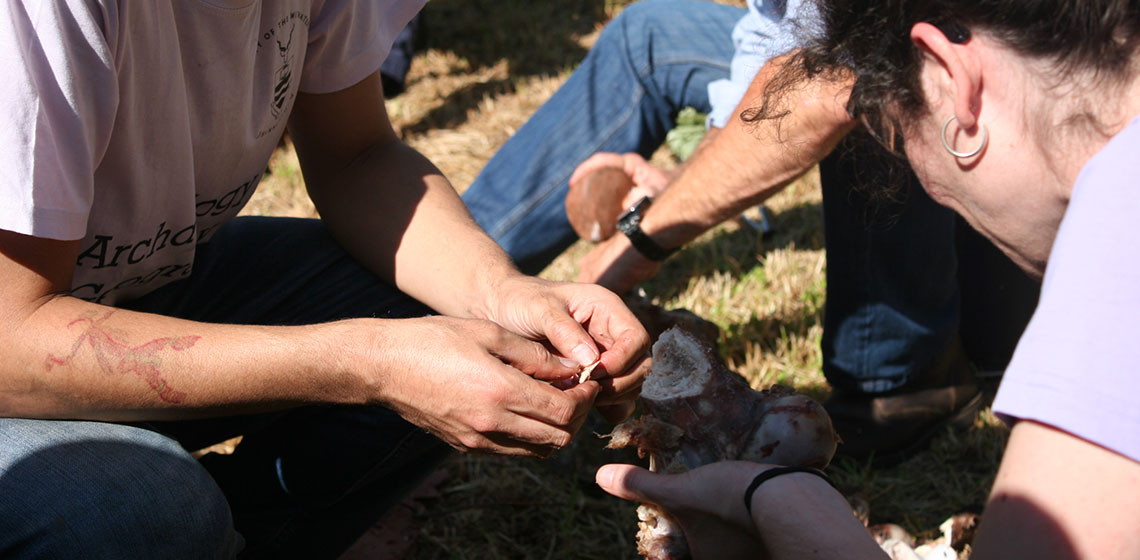
The first Experimental Archaeology conference on African soil (ACE 2018) brought people from near and afar. Without knowing it I found myself among the Local Organising Committee of the conference. Each day was a learning curve as I sat in on those meetings and was also assigned to do certain tasks as we were preparing for the conference. As the clock ticked the conference time came nearer and the three days of the conference we had been waiting for had arrived. The conference was held from the 20th -22nd of March 2018.
People from different parts of the world, at different career levels of research from undergraduates to of Professors, were gathered at one place at the majestic Wits Club, sharing their knowledge about experimental archaeology. The turnout was around 80 attendees. This was a manageable number, logistically and also in structuring the program. I give credit to Silje Bentsen who found it possible to arrange the sessions in such a way that everyone had a chance to listen to all the conference talks. This gave room for live discussions after each talk, which is basically the essence of a conference. This is what you hardly experience at big conferences because the programs run parallel sessions and you can only attend one session at a time.
The second day of the conference was lined up with workshops and real hands-on experiments. These workshops included using R software for statistics and analysis in archaeology, bone working, spear throwing, ochre workshop, stone knapping, and heat treatment of silcrete rocks. People could choose which workshop to attend and there was the possibility to move across to other workshops sessions. Thanks to Mother Nature the day was warm and conducive for the outdoor workshops like spear throwing and heat treatment of rocks. In the evening of the second day of the conference, there was a braai (that’s what South Africans call their barbeque). The volunteers worked as a team to make sure that everything was going well on the braai evening. People had rolls, traditional South African boerewors (“farmer’s sausage”), snacks and drinks, which made the braai enjoyable.
The third day of the conference was the last day of presentations. The day started by Bill Schindler, the Exarc Chair, giving a brief talk, and then we watched an episode of the Great Human Race, starring him and survival expert Car Bigney. Just before lunch, the conference was graced with the Walking Tall presentation by the Paleontological Scientific Trust (PAST). The PAST presentation summed up the whole evolutionary storyline in a breathtaking theatrical performance. I had an opportunity to give my talk about the woer woer replicas from the sites of Klasies River and Matjes River. I was glad that people asked questions and wanted to know more about my research. In the interactive process, I got comments from fellow researchers working on different archaeological projects, and I really appreciated it. The day was concluded with a conference dinner that was held at the flamboyant Mike's Kitchen in Parktown, Johannesburg. The service was fantastic and the food was great. The conference was closed with an excursion to the Sterkfontein Caves in the Cradle of Humankind World Heritage Sites.
During the conference I was volunteering, and I had a good experience as a volunteer. My duty was to do the registration for the conference and I enjoyed my work because it gave me the opportunity to talk to a number of conference attendees; with some I had time to share my research with them, and to also get to know their research. We had to arrive at the venue earlier in order to make sure that all things were set up for the conference. For example, we would set up the computer at the podium and make sure that the projector and the sound were working properly. I found working as a volunteer not difficult because we were working as a team of volunteers and responsibilities were shared among us. There was a moment when we could not find the name tags of some of the attendees during registration, but luckily enough the name tags that were missing were of individuals from Wits University, and this was addressed behind the scenes. In the morning of the workshop day people were looking for keys of the Archeology seminar room at the Origins Centre and it took a while before they were found. These kinds of things happen at a conference, and it was nice to be behind the scenes and be able to sort them out quickly. I enjoyed listening to the talks at the conference because they varied in scopes and this created a lot of ideas in my mind for follow ups on other researches that are not related to my field of speciality, which is archeology of music. In my opinion, the conference was a success and I would love to see the experimental conference being done again, but probably at a different institution here in Africa. I would encourage other students to volunteer when such conferences happen, because they give you a different learning experience, which you cannot get from a classroom or laboratory environment.

See also Conference Review: 1st African Conference on Experimental Archaeology (ACE), 2018
